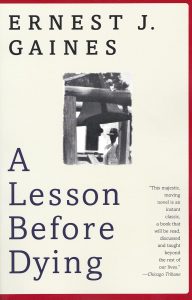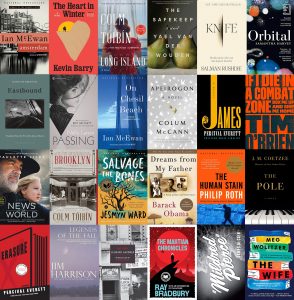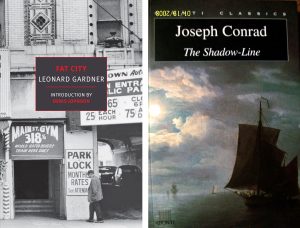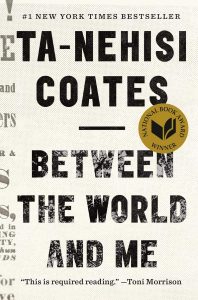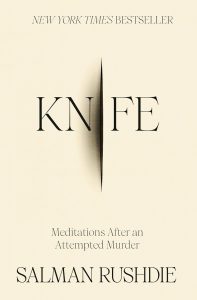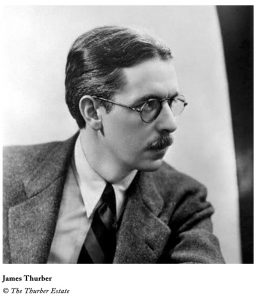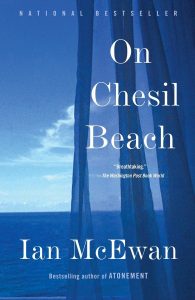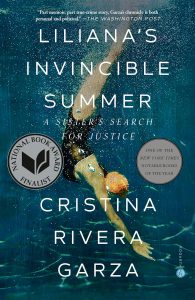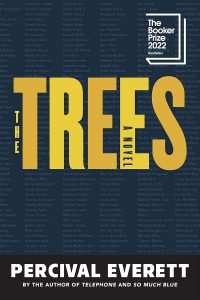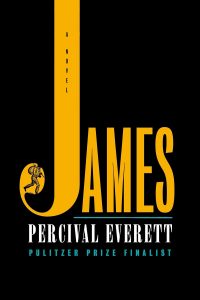John Cheever meets June Cleaver in this amuse bouche of a novel about a 1950s suburban housewife who one day awakens to the limitations of her life and finds herself enmeshed in a web of disenchantment and deception.
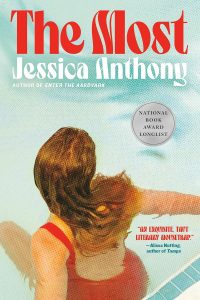
Poor June, or in this case, Kathleen Beckett, finds herself so traumatized by the deceit of her husband, Virgil, a handsome, but unambitious insurance salesman, that on a sunny Sunday morning she retreats to the kidney-shaped swimming poor of her apartment complex. There, ignoring the stares of elderly neighbors and Virgil’s entreaties, she spends the entire day, allowing the chlorinated water to bleach herself of delusion.
By nighttime, her skin slack and aqueous, but her heart anxious for truth-telling, Kathleen must choose: confront Virgil, extract a confession, and, in return, admit her own deception.
Virgil, a type who never faced a difficult decision because things always “just sort of worked out,” also must decide: continue on with Kathleen and find solace in “the small repetitions that made a life,” or yield to his temptations and leave.
Among readers, “The Most” seems pretty much a love-it-or-hate-it novel. I’m one of the former because I like stories that embrace the complexity of simplicity, or perhaps better said (with another nod to Cheever), stories that peer through the façade of familiarity.

